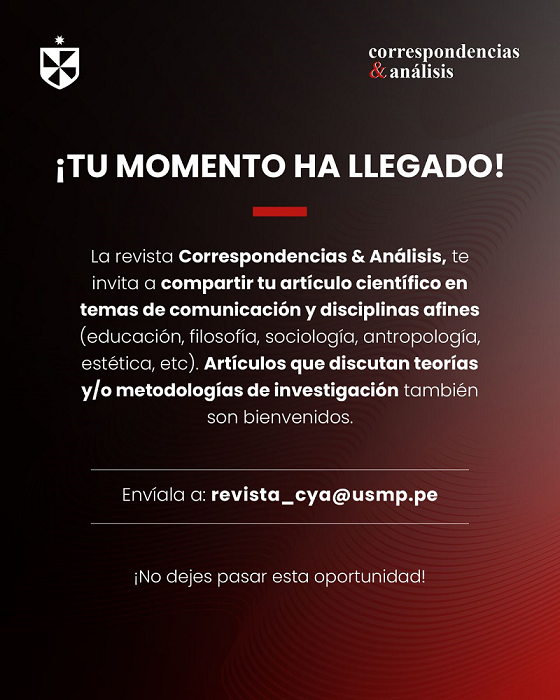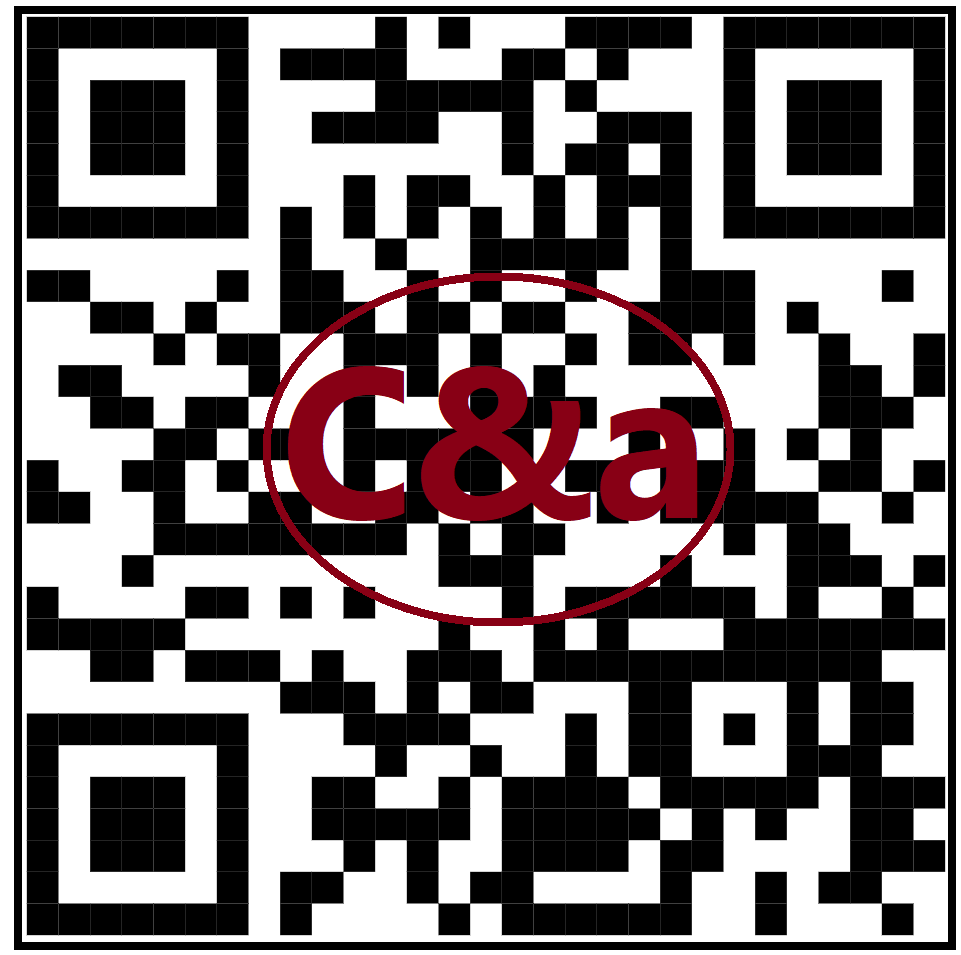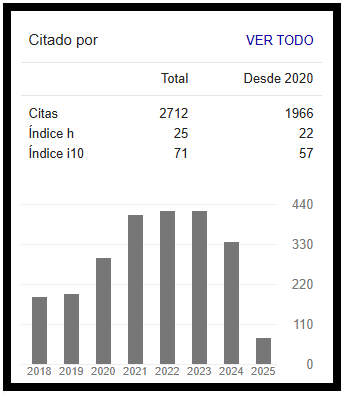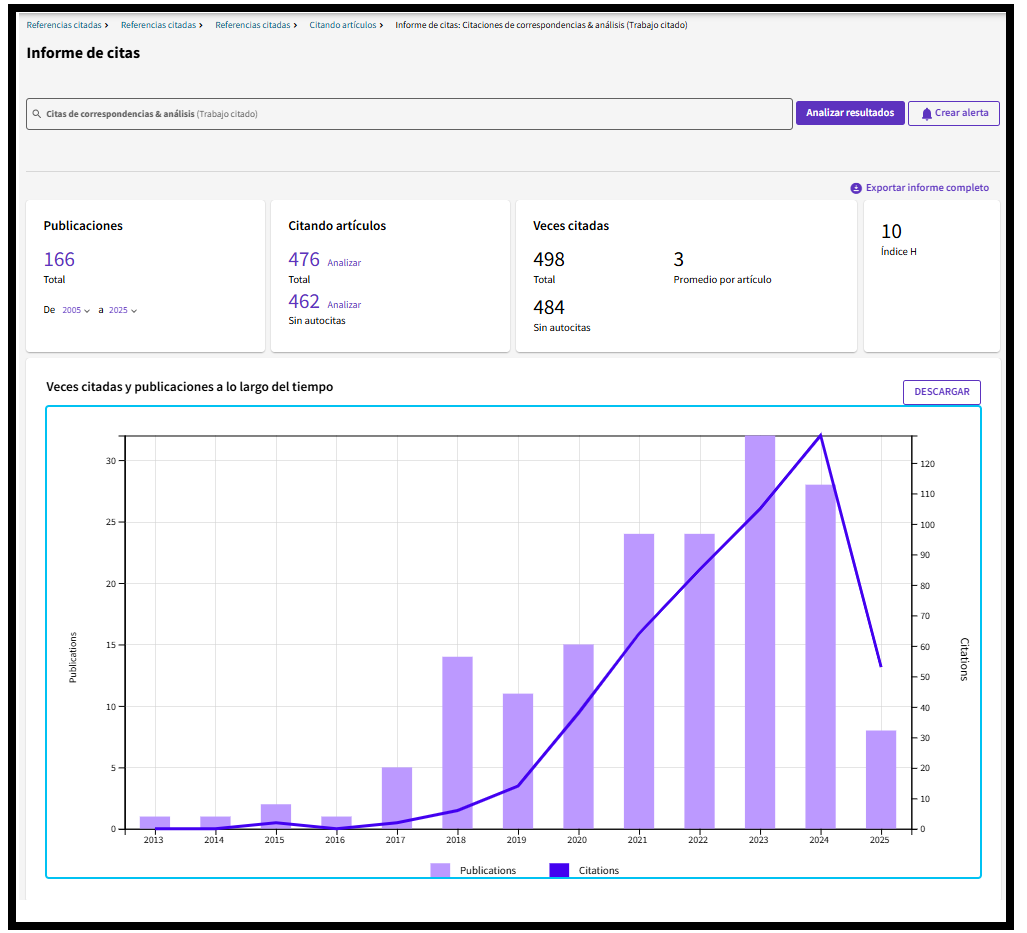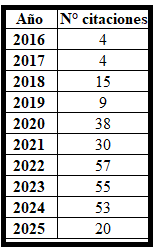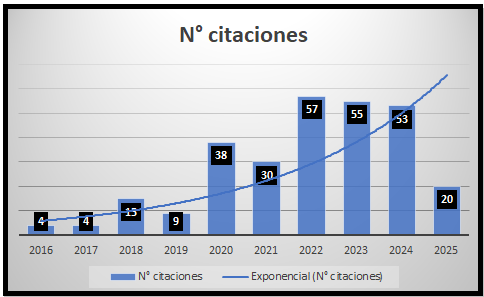Vulnerability of social communication students. A case study
DOI:
https://doi.org/10.24265/cian.2019.n9.09Keywords:
Characterization, Vulnerability, Discrimination, Training Students, Social CommunicationAbstract
This article start with a research completed in 2018, whose goal was to identify situations and causes of physical, emotional, social and economic vulnerability of the students of the Social Communication´s program. In pursuit of this aim, four discussion groups, 125 surveys shaped with 49 closed questions each, provided the information for the analysis. The results of the research, enabled the identification of some socioeconomic characteristics of the students, such as that the program average student lives in low-middle class neighborhoods, does not get to have three proper meals a day and depends on his family to pay their student fees and their sustenance. The research also showed that belonging to the LGBTIQ+ population, parenting, and financial difficulties, represent some bigger student vulnerability conditions which impact in the quality of the training environment and the forming process itself.
Metrics
Downloads
References
Ministerio de Educación Nacional de Colombia, MEN (2009). Deserción estudiantil en la educación superior colombiana. Metodología de seguimiento, diagnóstico y elementos para su prevención. Recuperado de https://www.mineducacion.gov.co/sistemasdeinformacion/1735/articles-254702_libro_desercion.pdf
Pizarro, R. (2001). La vulnerabilidad social y sus desafíos. Santiago de Chile: CEPAL. Recuperado de https://repositorio.cepal.org/bitstream/handle/11362/4762/S0102116_es.pdf
Ruiz, N. (2012). La definición y medición de la vulnerabilidad social. Un enfoque normativo. Revista Investigaciones Geográficas, 77, 63-74. Recuperado de http://www.scielo.org.mx/pdf/igeo/n77/n77a6.pdf
Sánchez, D. & Egea, C. (2011). Enfoque de vulnerabilidad social para investigar las desventajas socioambientales. Su aplicación en el estudio de los adultos mayores. Revista Papeles de población, 17(69). Recuperado de http://www.scielo.org.mx/scielo.php?script=sci_arttext&pid=S14057425-2011000300006
Universidad del Cauca, Unicauca (2017a). Informe de Autoevaluación con fines de acreditación de alta calidad, Programa de Comunicación Social. Informe técnico presentado en instancias universitarias y posteriormente al Ministerio de Educación Nacional de Colombia (MEN).
Universidad del Cauca, Unicauca (2017b). Informe final cancelación de semestre 2014-2016. Recuperado de http://facultades.unicauca.edu.co/vicecultura/sites/default/files/informe_cancelacion_2014_-_2016_3.pdf
Universidad del Cauca, Unicauca (2017c). Modelo de permanencia y graduación estudiantil. Recuperado de http://facultades.unicauca.edu.co/vicecultura/sites/default/files/documentos/politica_de_permanencia-_y_graduacion_estudiantil-21-12-17.pdf
Universidad del Cauca, Unicauca (2018). Estadística de Estudiantes pregrado y posgrado. Universidad del Cauca. Oficina de Planeación y Desarrollo Institucional. Fuente SIMCA - Fecha de corte 24-05-2019. Recuperado de https://app.powerbi.com/view?r=eyJrIjoiNGIzNDU5NGUtODUwNi00NDY0L-WIzYWUtZGMyZTdkNWU2MDQyIiwidCI6ImU4MjE0OTM3LTIzM2ItNGIzNi-04NmJmLTBiNWYzMzM3YmVlMSIsImMiOjF9
Downloads
Published
Issue
Section
License
In case the manuscript is approved, the authors retain the copyright and assign to the journal the right to publish, edit, reproduce, distribute, display and communicate in the country of origin and abroad by means of print and electronic media in different databases.
In order for this procedure to be recorded, the author must fill out the following formats:
Format 1 - Author data Format.
Format 2 - Affidavit on originality and authorization for the publication of articles Format.
Format 3 - Open Science Compliance.







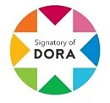
2.png)


